- Blog
- Programming Windows
Programming Windows

Programming Windows: 7 (Premium)
- Paul Thurrott
- Apr 02, 2022
-
0
comment
At the Professional Developers Conference (PDC) 2005, Bill Gates had noted that Microsoft didn’t hold…

Programming Windows: Hello, Ribbon and Jump Lists (Premium)
- Paul Thurrott
- Mar 31, 2022
-
0
comment
Of the few developer innovations delivered with Windows 7, the new Scenic Ribbon and Jump…
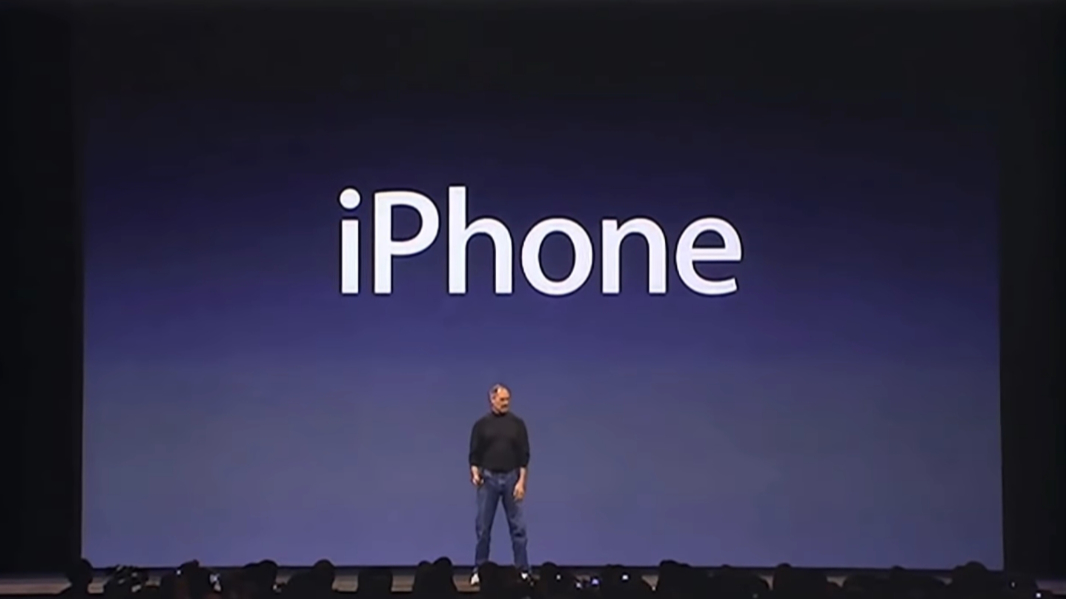
Programming Windows: iPhone (Premium)
- Paul Thurrott
- Mar 29, 2022
-
0
comment
When Steve Jobs returned to Apple in the late 1990s, he initially focused on saving…

Programming Windows: The Windows 7 Developer Story (Premium)
- Paul Thurrott
- Mar 22, 2022
-
0
comment
After the first public demonstration of Windows 7 at PDC 2008, Steven Sinofsky ceded the…
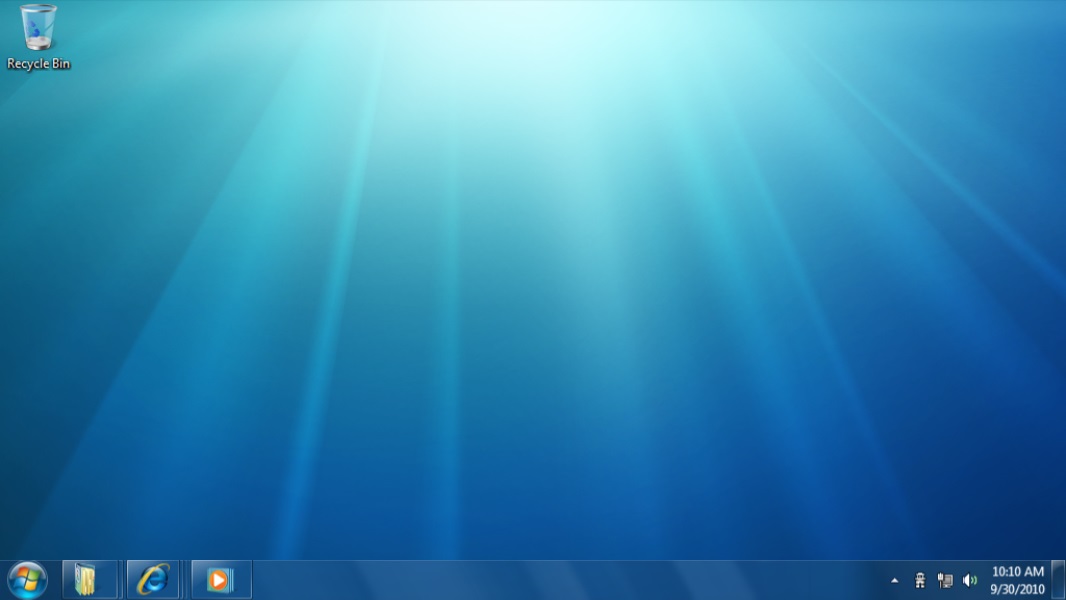
Programming Windows: Software + Services (Premium)
- Paul Thurrott
- Mar 21, 2022
-
0
comment
Most didn’t appreciate it at the time, but the 2008 Professional Developers Conference (PDC) was…
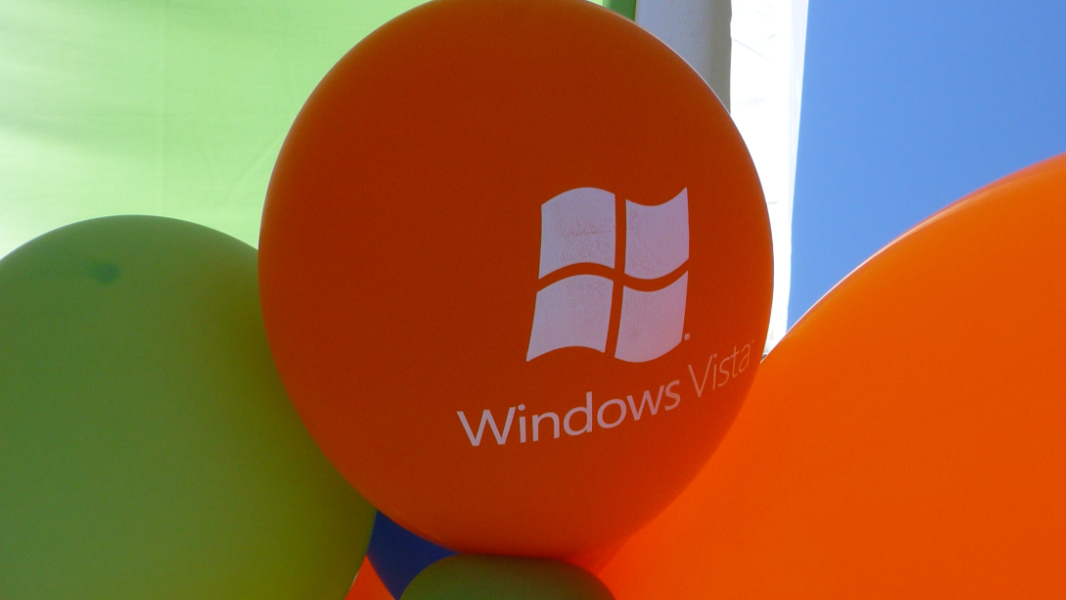
Programming Windows: The Mojave Experiment (Premium)
- Paul Thurrott
- Mar 18, 2022
-
0
comment
In 2006, Apple started a TV advertising campaign called “Get a Mac” that pitted hapless…
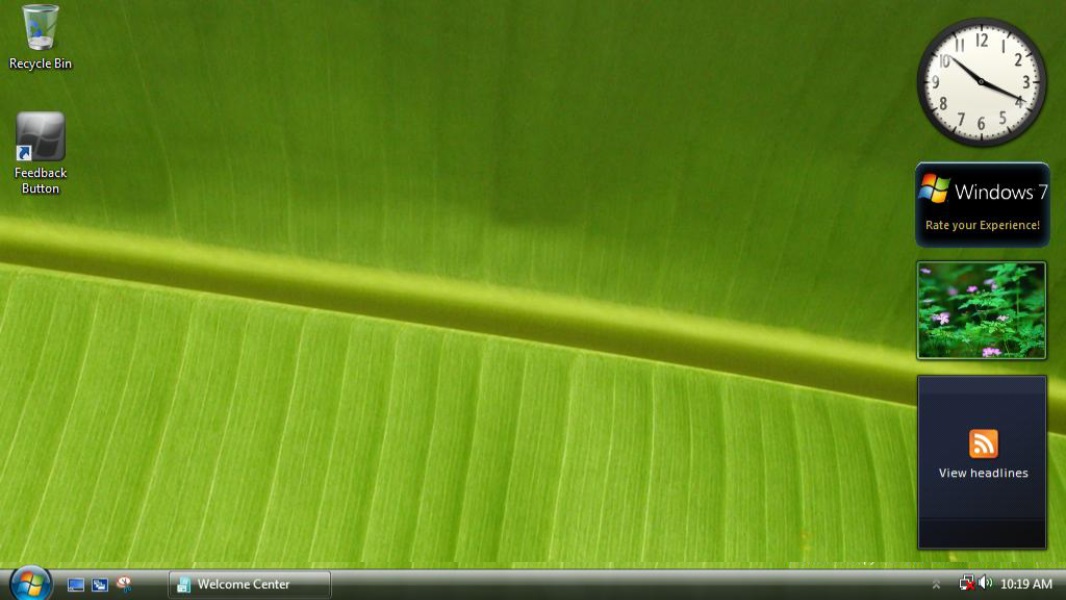
Programming Windows: Transitions (Premium)
- Paul Thurrott
- Mar 14, 2022
-
0
comment
Microsoft’s revenues had long been dominated by Windows and products that required Windows, like Office.…

Programming Windows: Longhorn Server (Premium)
- Paul Thurrott
- Mar 10, 2022
-
0
comment
Though it was impacted by the same delays as Longhorn/Windows Vista, Longhorn Server targeted a…

Programming Windows: Ribbonized (Premium)
- Paul Thurrott
- Mar 06, 2022
-
0
comment
While Microsoft struggled to make sense of Windows Longhorn in 2005/6, the Office team was…

Programming Windows: The Wow Stops Now (Premium)
- Paul Thurrott
- Mar 01, 2022
-
0
comment
There is an incredible moment in the September 2005 Microsoft reorg that bears scrutiny given…

Programming Windows: Jim Allchin Interview (Premium)
- Paul Thurrott
- Feb 28, 2022
-
0
comment
On a cold morning in January 2006, I met with Microsoft co-president Jim Allchin, who…

Programming Windows: End Game (Premium)
- Paul Thurrott
- Feb 28, 2022
-
0
comment
On September 20, 2005, Microsoft announced a corporate reorganization that would see Windows lead Jim…
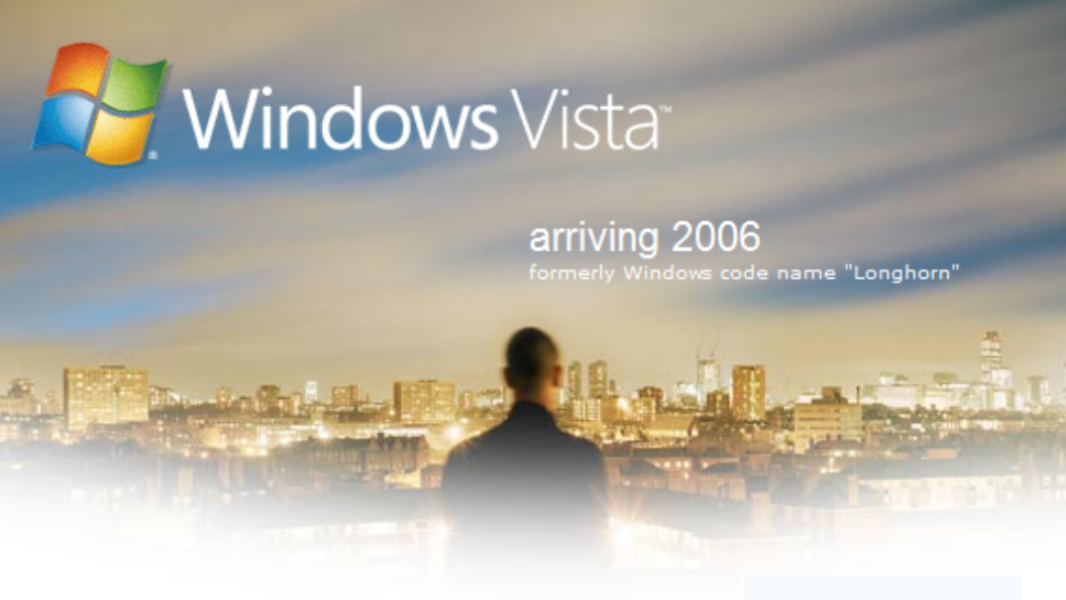
Programming Windows: Connected, Clear, Confident (Premium)
- Paul Thurrott
- Feb 24, 2022
-
0
comment
I was on vacation with my family in Stowe, Vermont in July 2005 when I…

Programming Windows: Redmond, Start Your Photocopiers (Premium)
- Paul Thurrott
- Feb 22, 2022
-
0
comment
In the years since Steve Jobs had returned to Apple, he had rarely missed an…
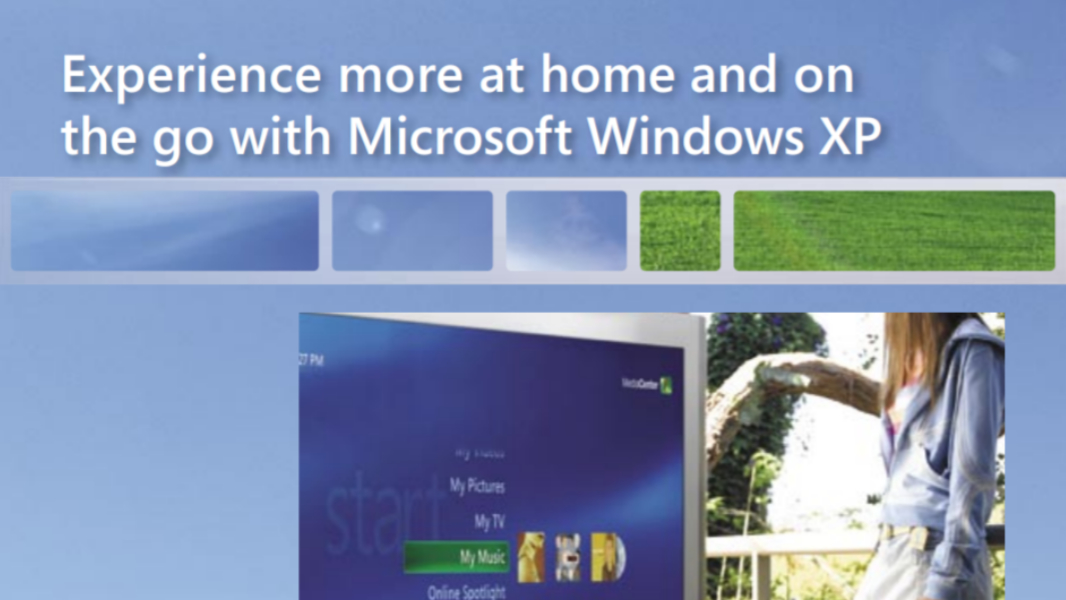
Programming Windows: XP Reloaded (Premium)
- Paul Thurrott
- Feb 22, 2022
-
0
comment
Despite the perpetual Longhorn delays, Microsoft decided in early 2004 to forego a new version…

Programming Windows: Reset (Premium)
- Paul Thurrott
- Feb 21, 2022
-
0
comment
On August 27, 2004, Microsoft group vice president Jim Allchin told employees that the company…